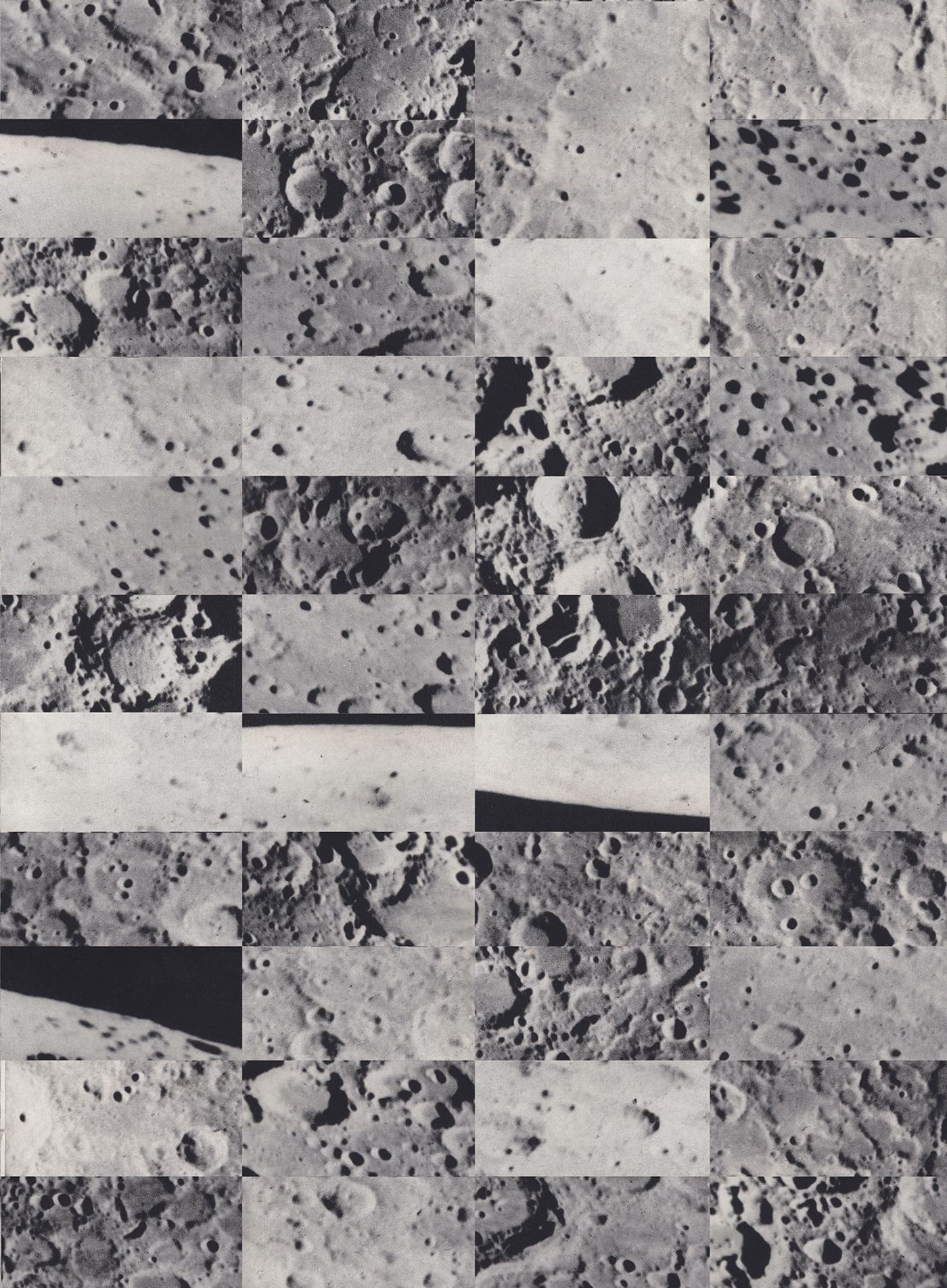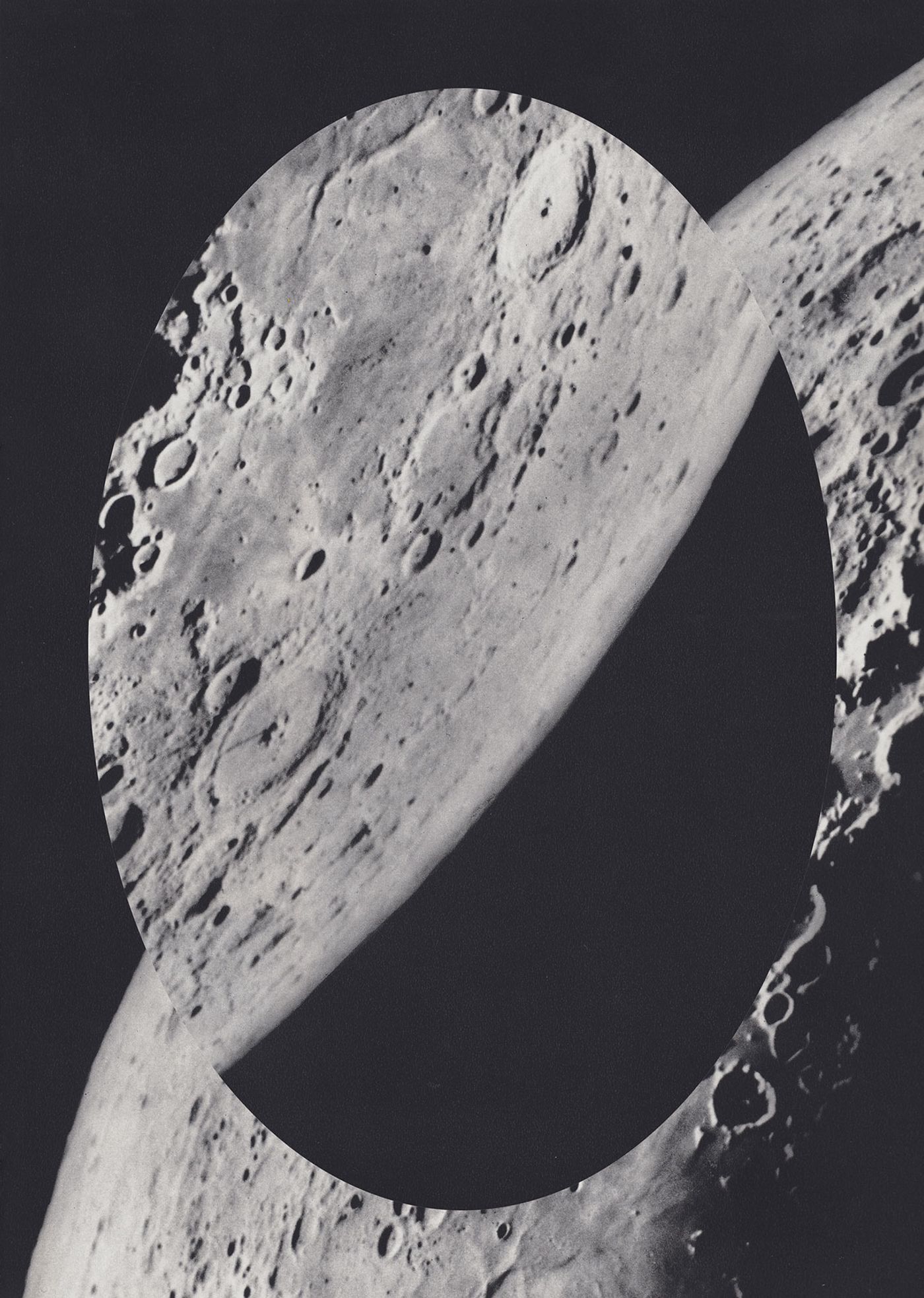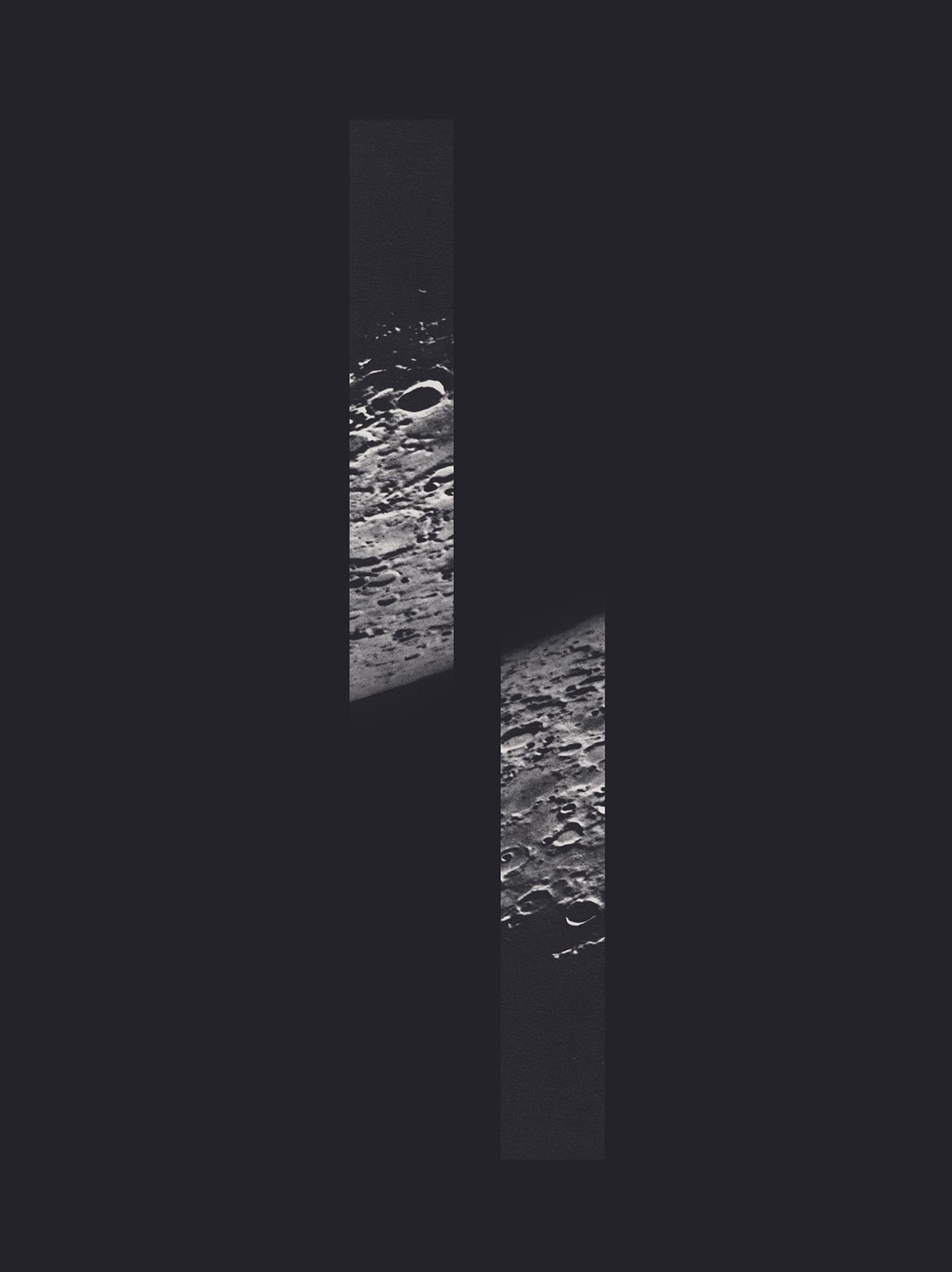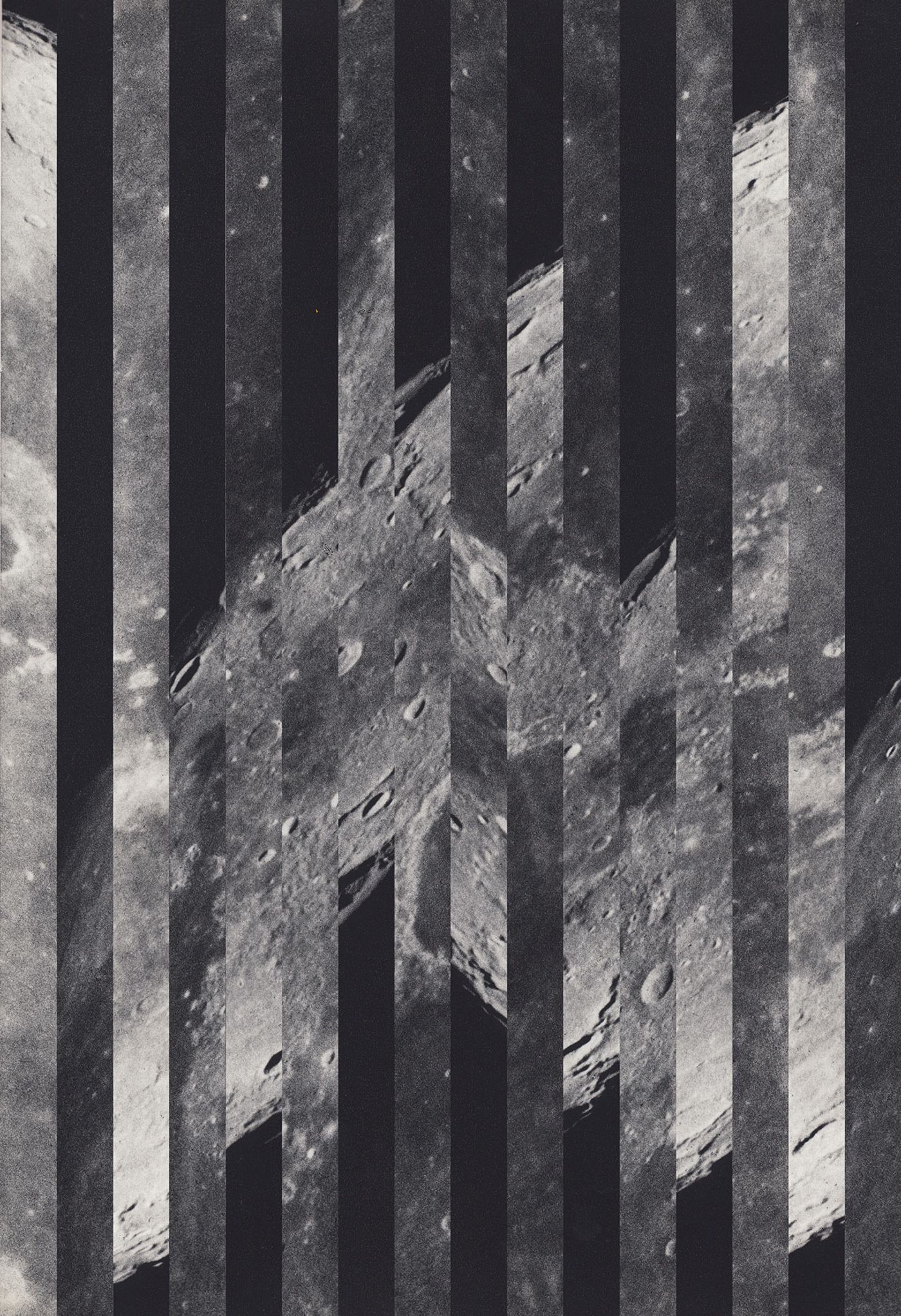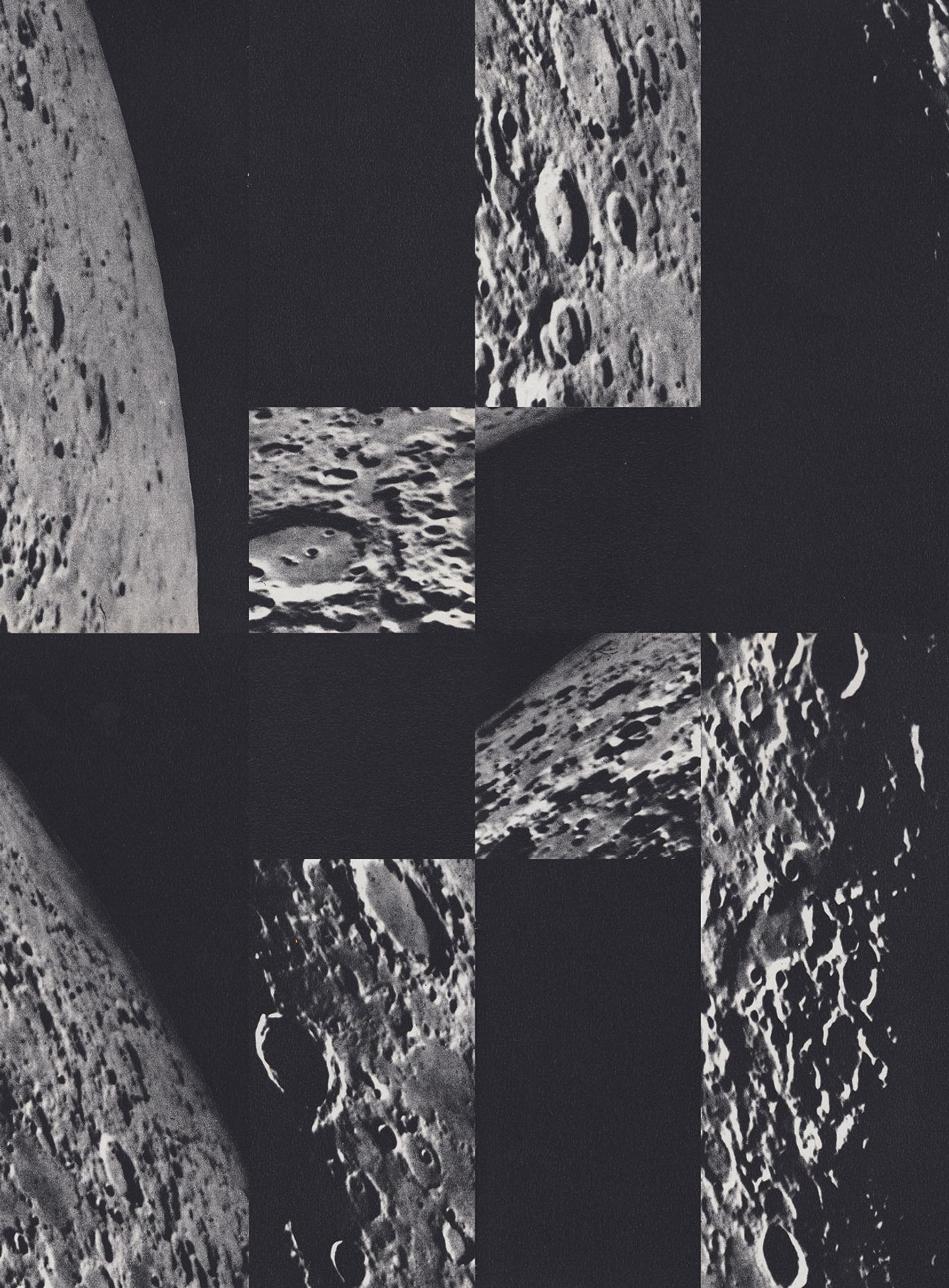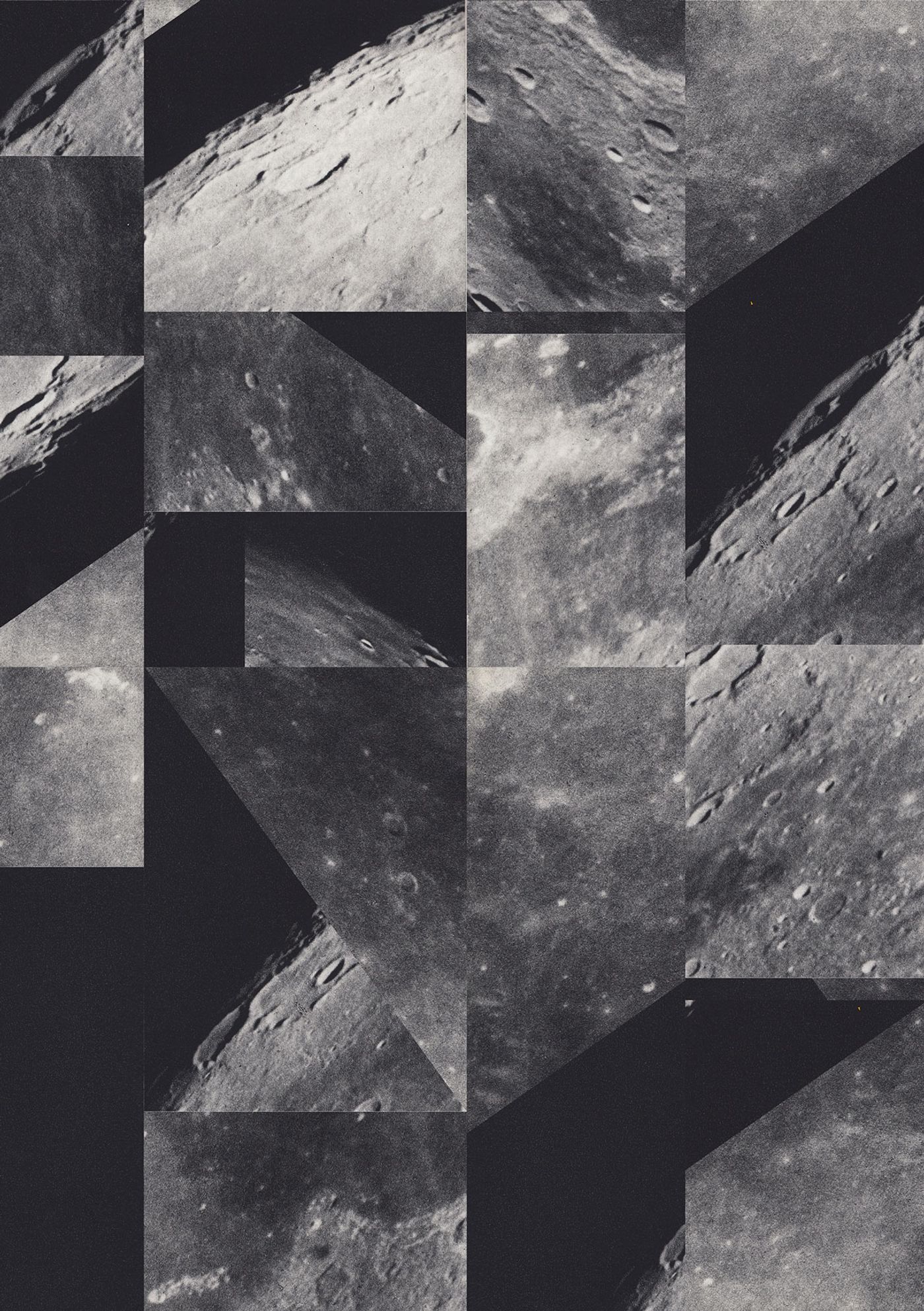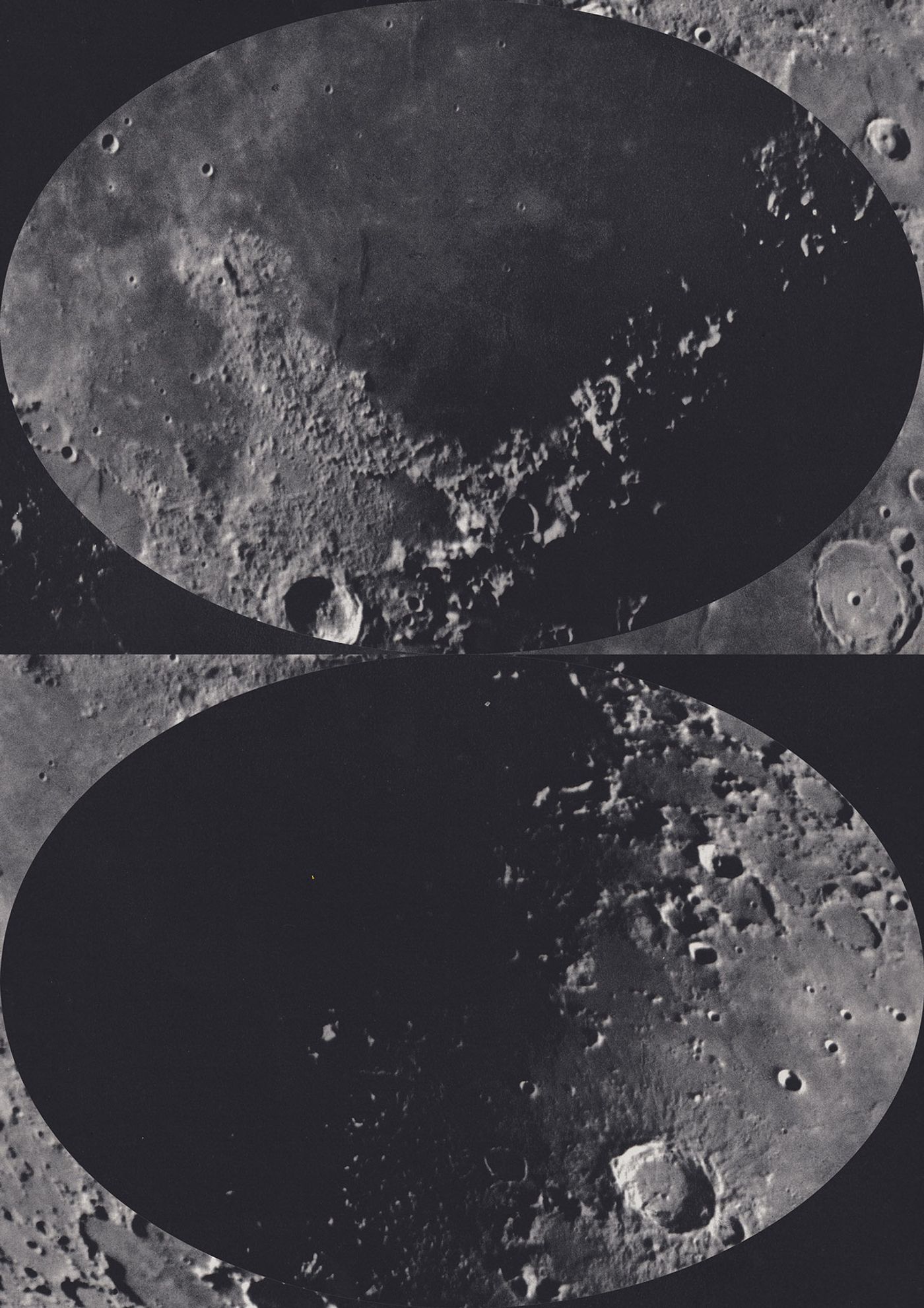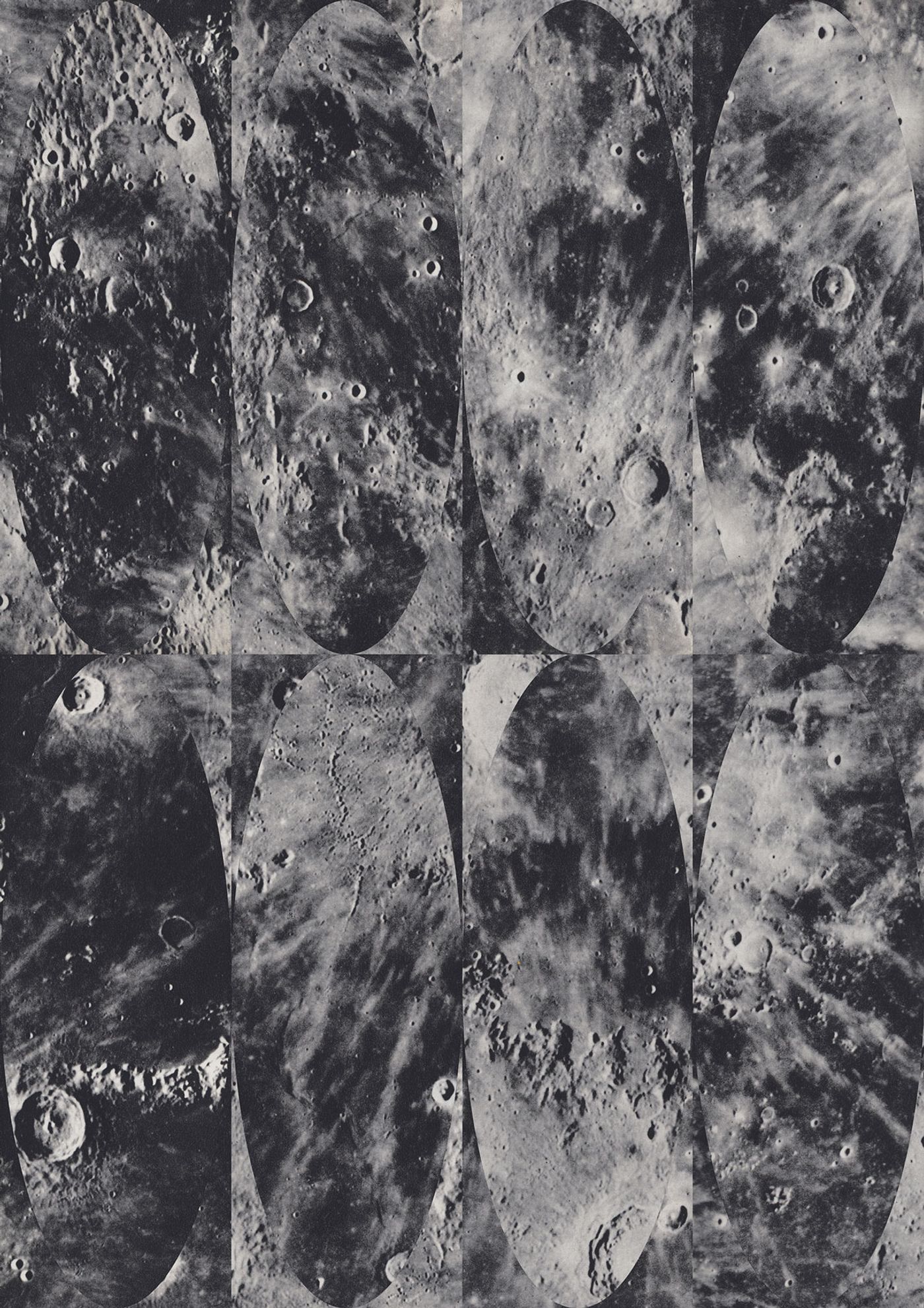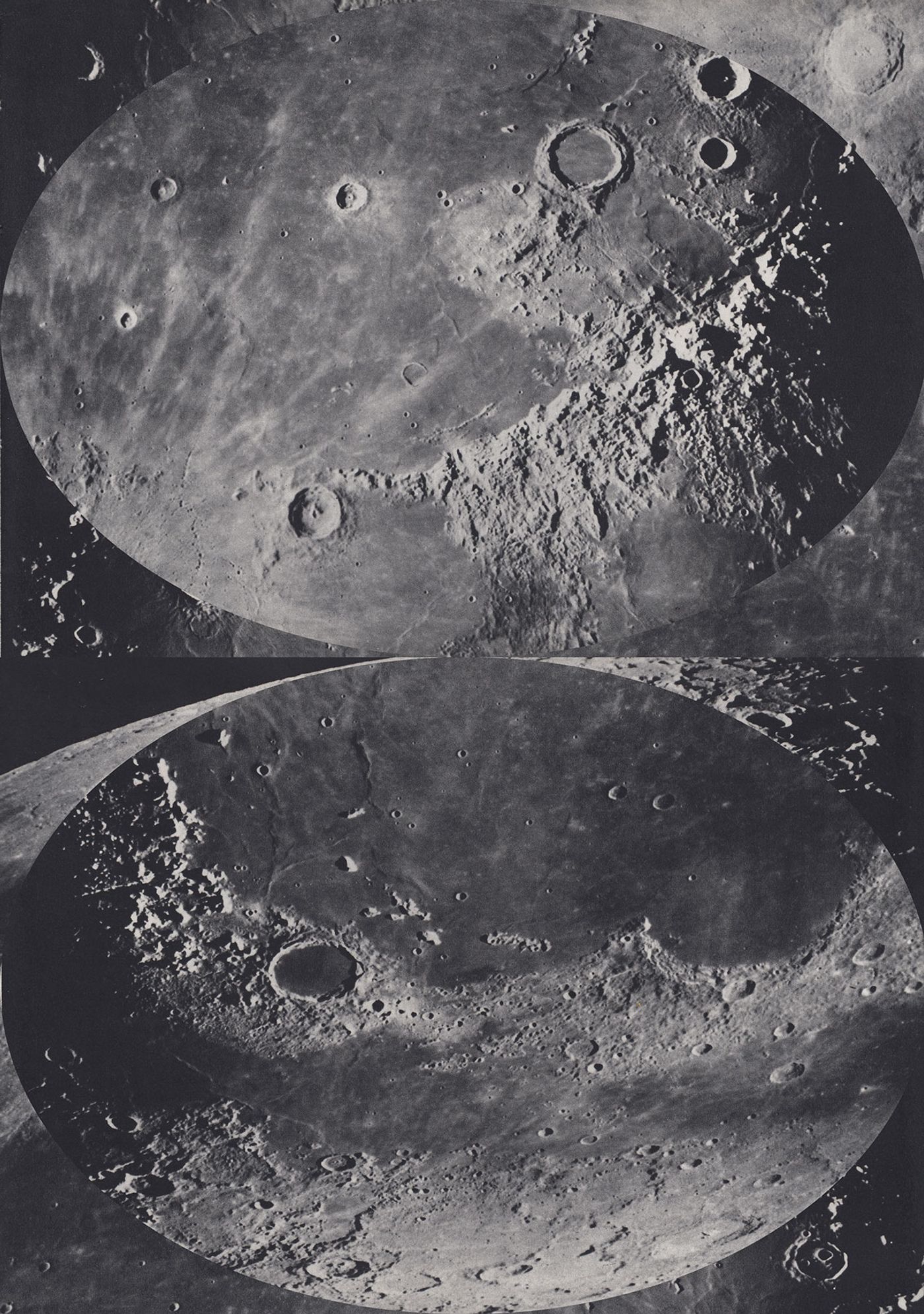
The World Reordered: Hypnotic Collages by Luis Dourado
Words by Eric David
Location
“The Garden” and “Moons” are two new collage series from Berlin-based, Portuguese artist and illustrator Luis Dourado that attempt to deconstruct natural elements and re-build them into hypnotic new configurations. From the small scale of petals and leaves to the big scale of the moon, both series successfully manage to distort reality in visually captivating and thought-provoking ways.
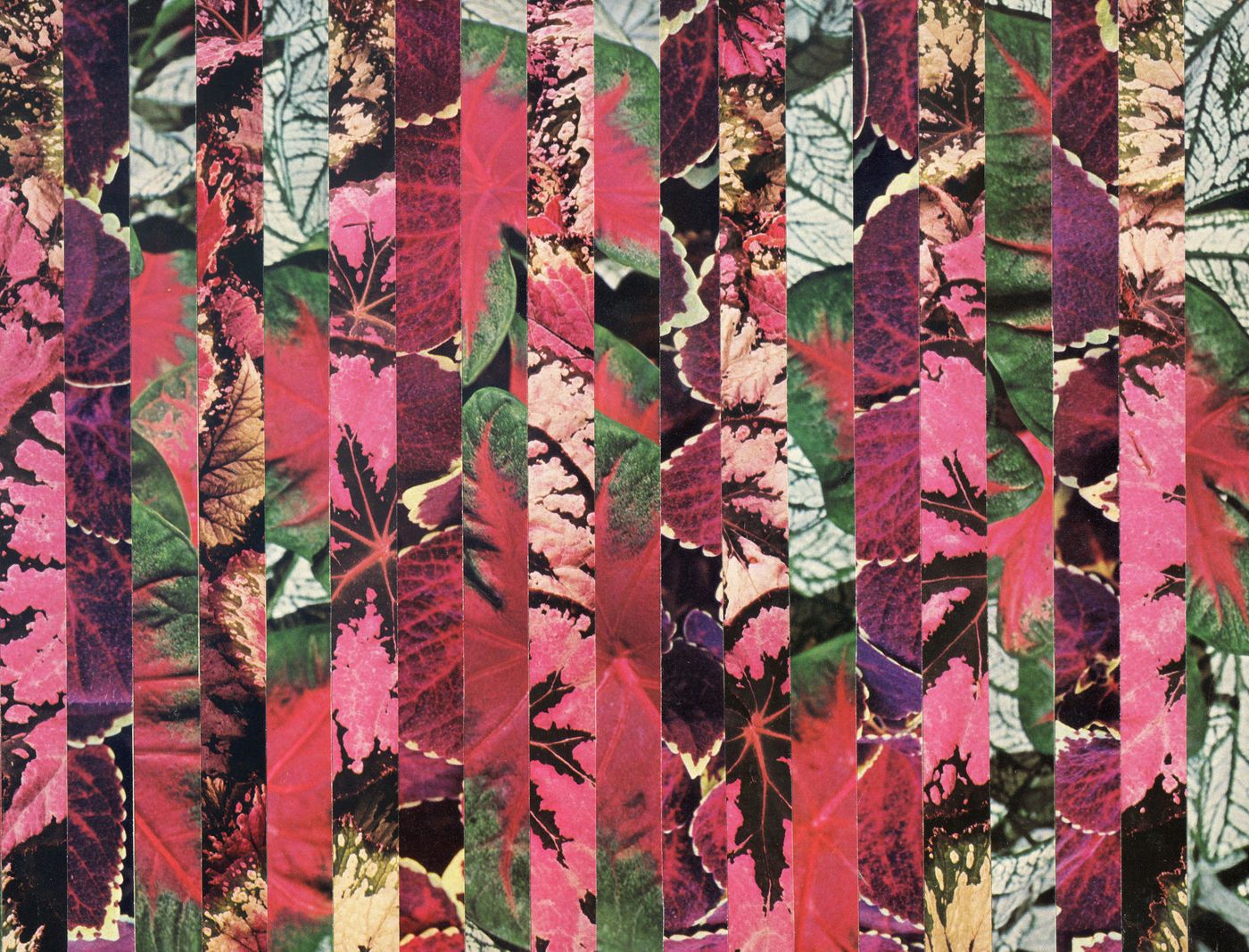
The Garden series | Second Regression | 22x35cm, photo © Luis Dourado.
Although the two series are quite distinct in subject matter and mood, they were both conceived when the artist came across a certain book. In the case of “The Garden”, it was an old book about domestic gardening, found in a give-away box while Dourado was walking home in Berlin. The book provided both the inspiration and the source material, as its illustrated pages were carefully sliced and then physically used for the collages. For the “Moons” series, it was a book he bought years ago in "Els Encants" flea market in Barcelona; this he kept by the bed, and found himself often leafing through. Although the original book is now lost, Dourado had luckily scanned all its images and was thus able to use them for his collages.
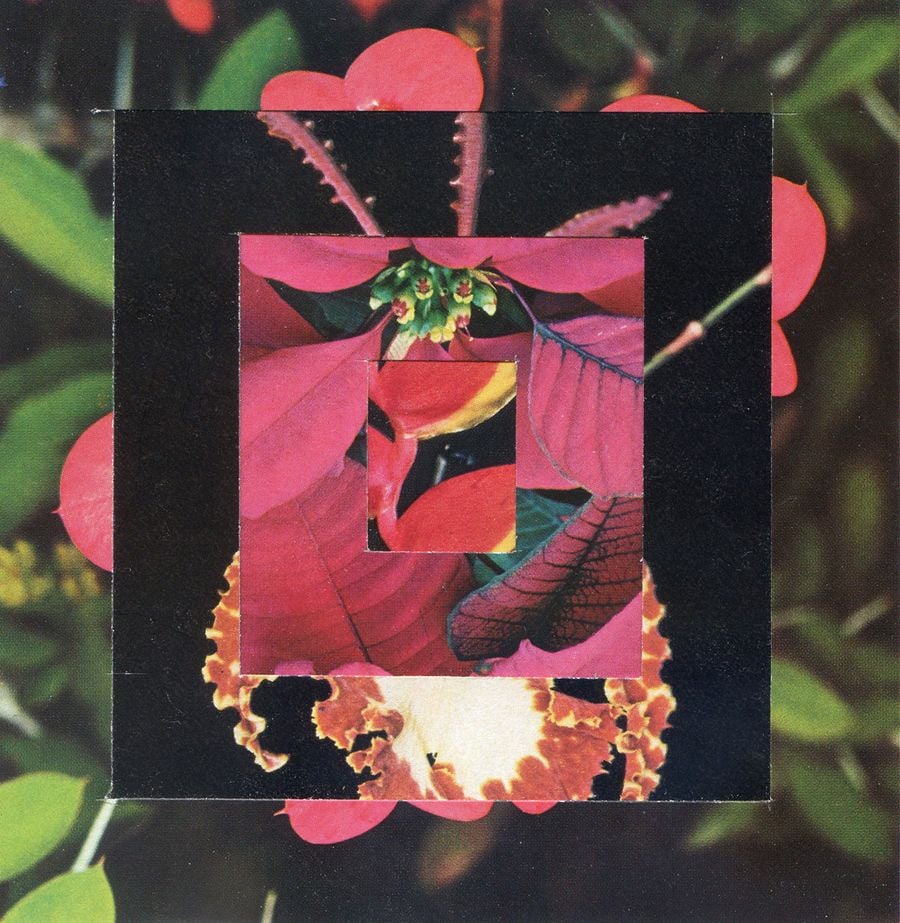
The Garden series, First Memory, 11x11cm, © Luis Dourado.
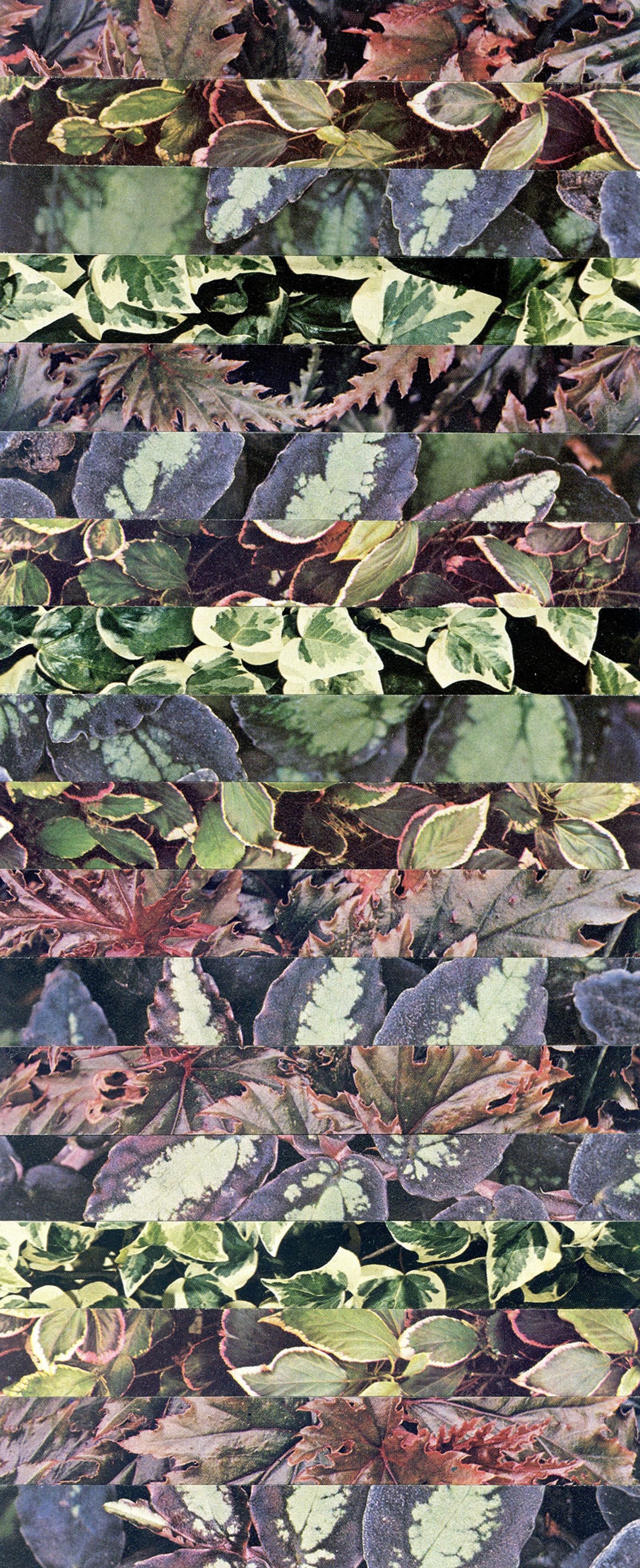
The Garden series, Second Place, 10x26cm, © Luis Dourado.

The Garden series, Fifth Regression, 11x42cm, © Luis Dourado.
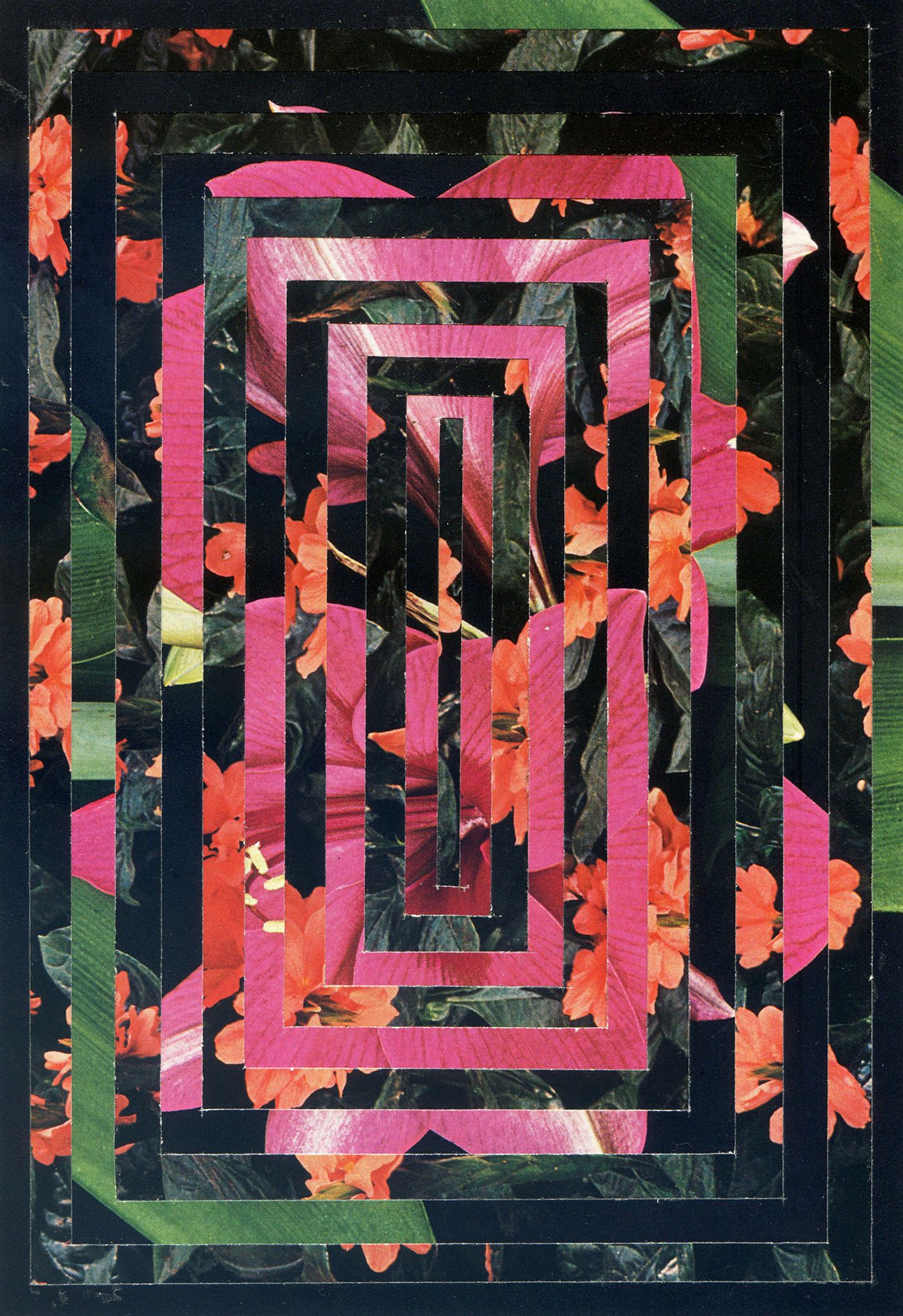
The Garden series, Third Memory, 13x19cm, © Luis Dourado.
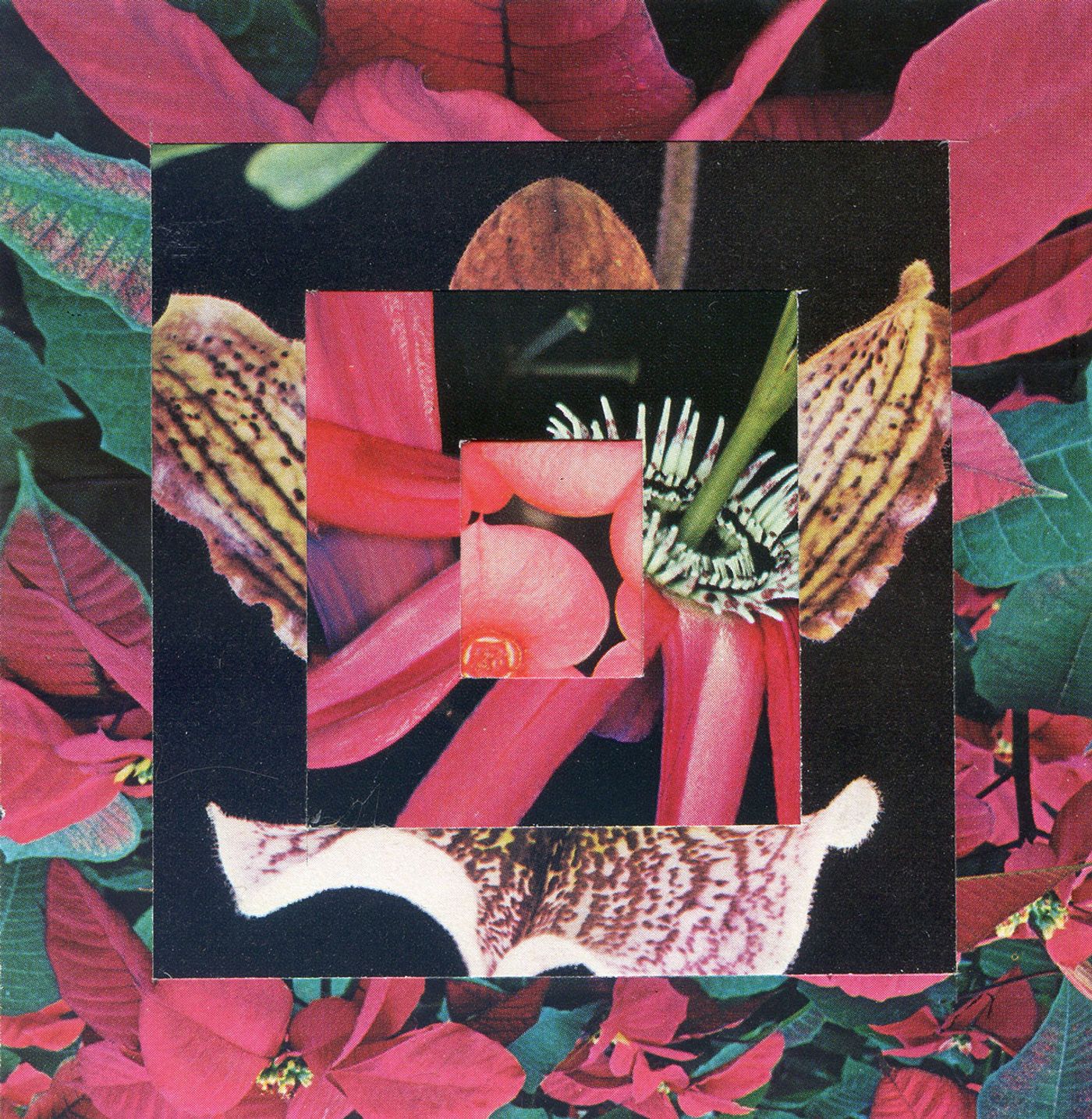
The Garden series, Second Memory, 11x11cm, © Luis Dourado.
“The Garden” (2016) uses close-up images of flowers and plants with distinct shapes and strong saturation. By merging different types together, both complementary and contrasting, the collages create mesmerising images alluding to strange new types of flora. As Dourado says, it’s “a two dimensional dialogue between slices of images” resulting in “a weird visual experience”. Composition-wise, the idea of a labyrinth, which the artist often uses in his work, both brings out the plants’ natural maze-like morphology and evokes, as the work titles suggest, “a maze of memories, dreams and illusions”.
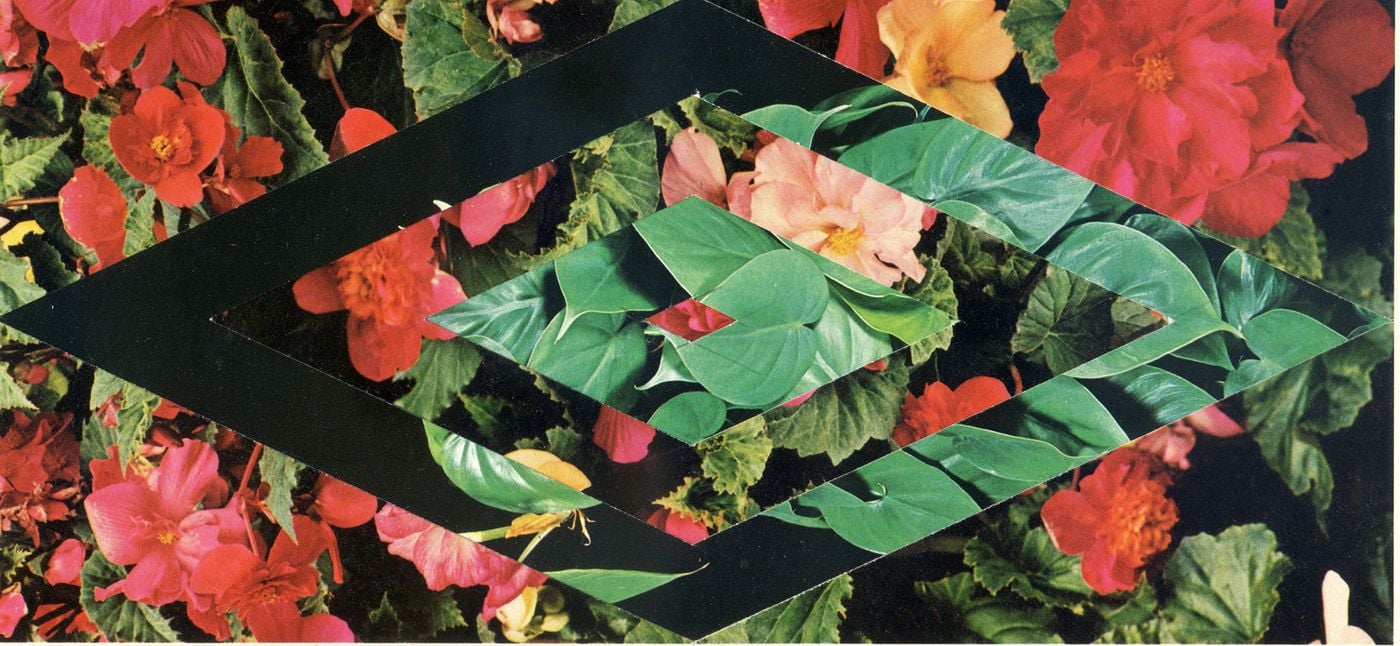
The Garden series, Fourth Memory, 10x23cm, © Luis Dourado.

The Garden series, Second Place, 10x26cm, © Luis Dourado.
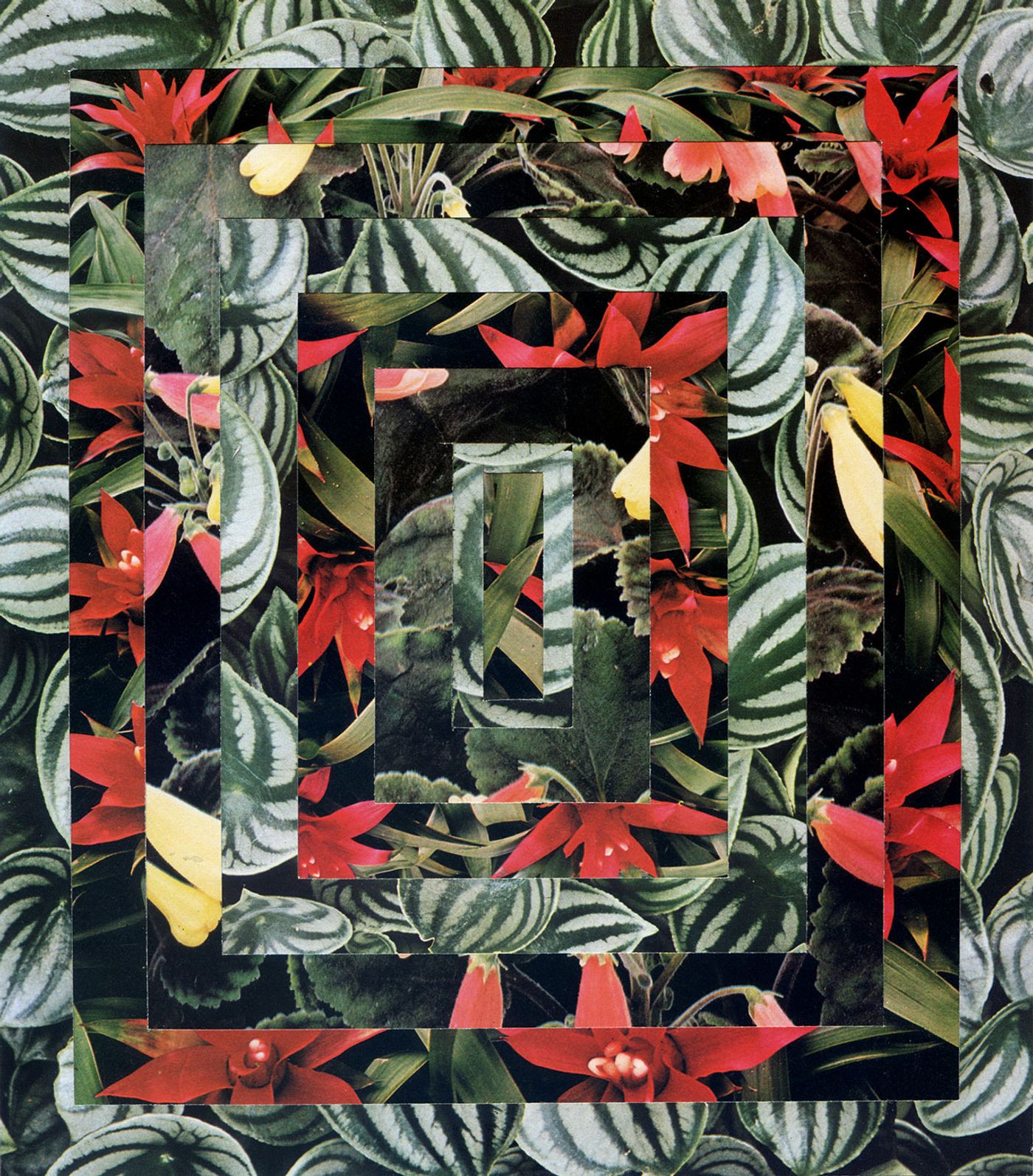
The Garden series, First Regression, 19x22cm, © Luis Dourado.
Dourado has always been intrigued by the moon —as a child he used to sneak into the balcony in the middle of the night to stare at it— and the “Moons” (2016) series is his take on its power to captivate us. Unlike “The Garden” collages that combine two or more pictures, each digital print of this series is made out of a single image of the moon. The manipulation is very precise and mathematical, with no element added or subtracted from the original picture. Although immediately recognisable, the new images present a fictional moon, a transmuted planet that retains the original’s characteristics but behaves unexpectedly, with "each artwork witnessing a bizarre episode” in its life.
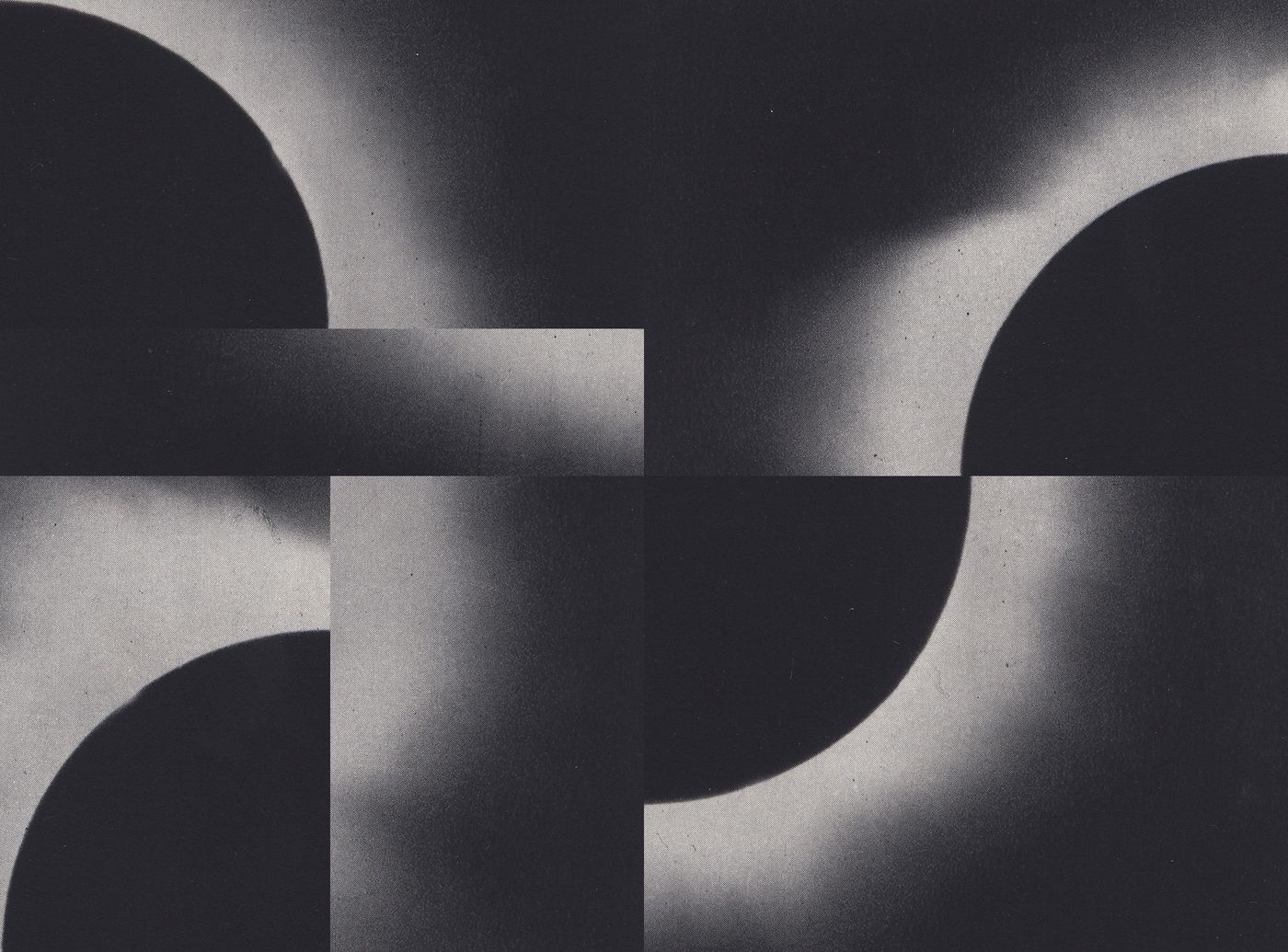
Moons series, Isolation#2, 50x35cm, © Luis Dourado.
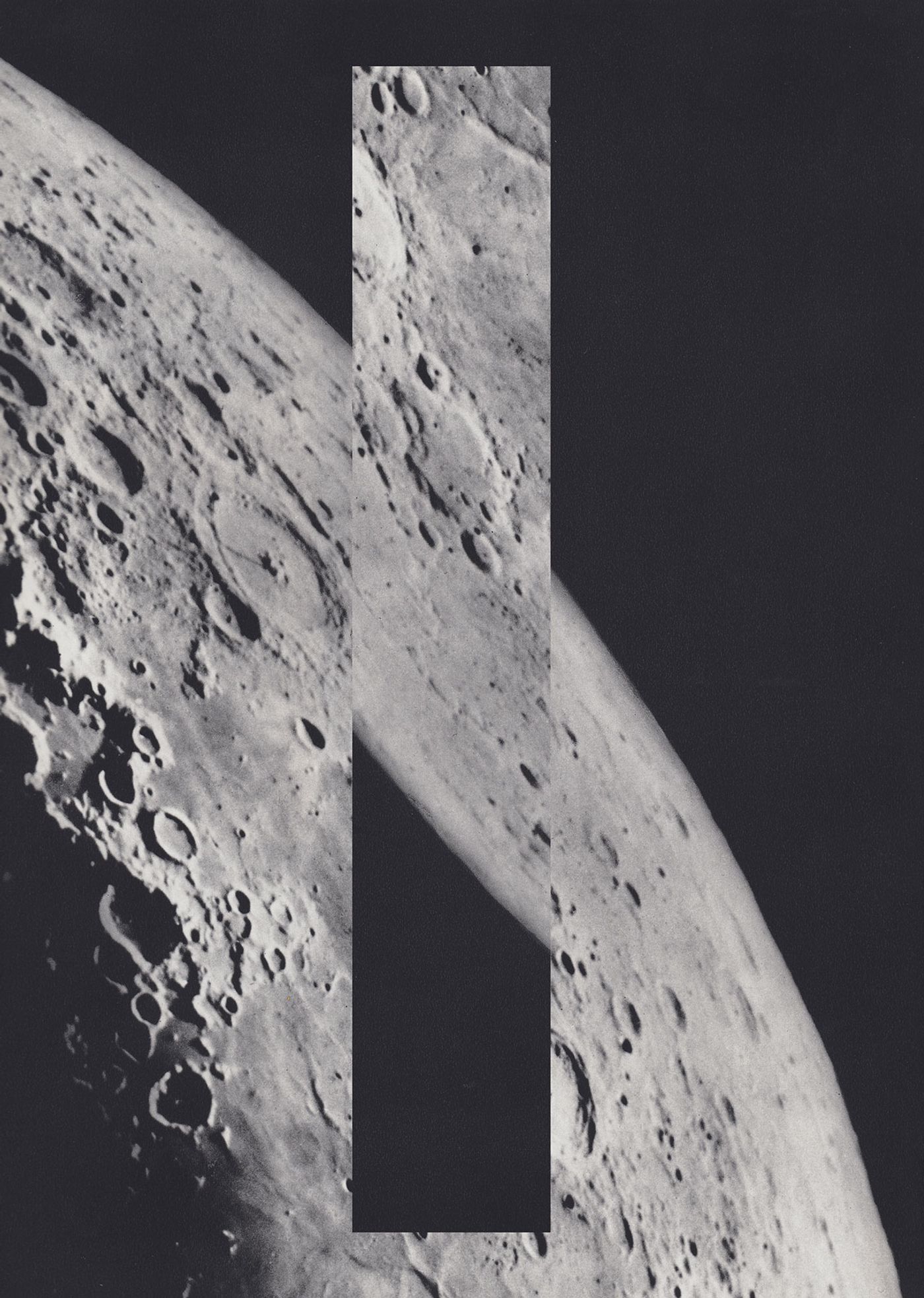
Moons series, Isolation#1, 35x50cm, © Luis Dourado.
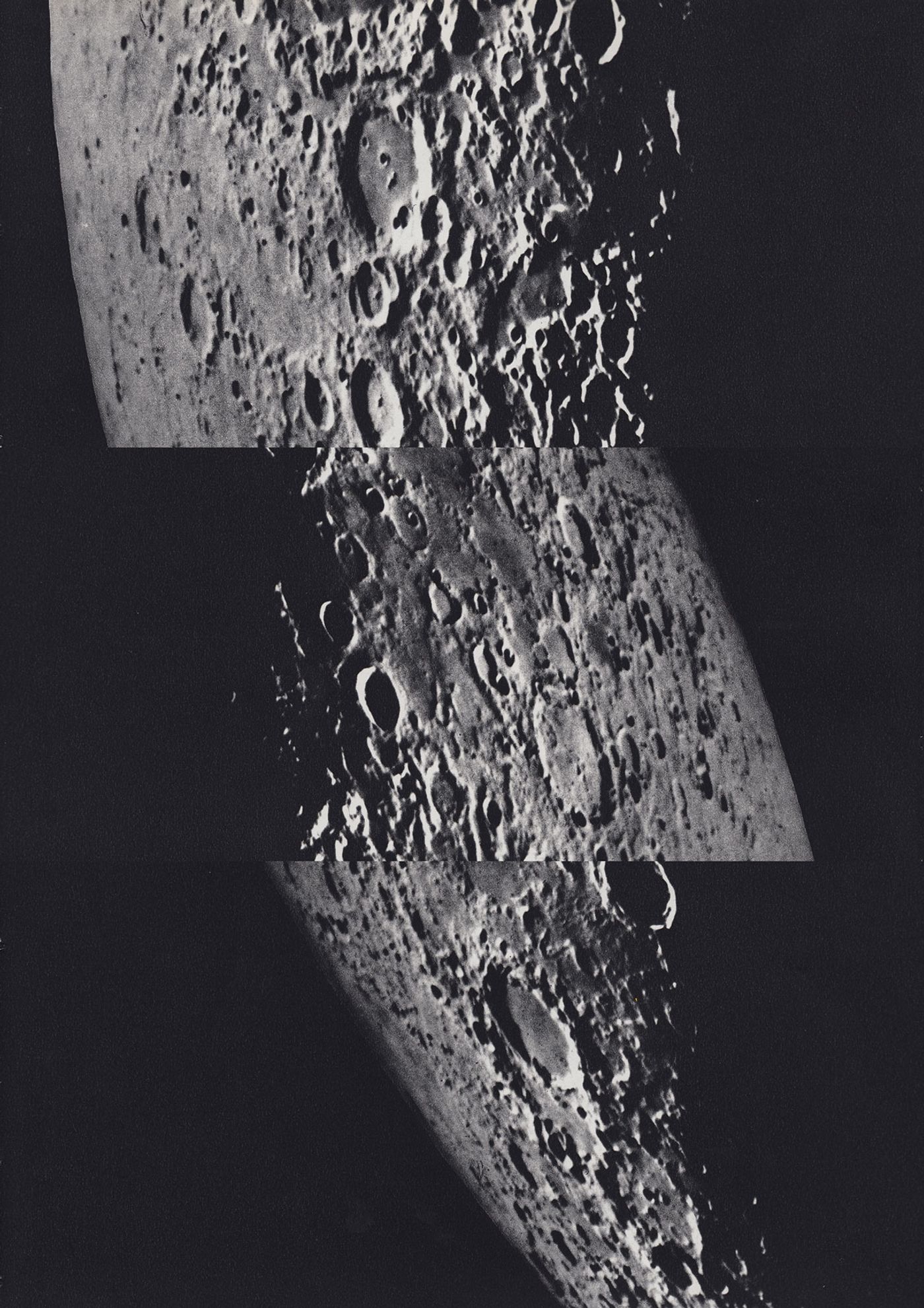
Moons series, Isolation#3, 35x50cm, © Luis Dourado.

Moons series, Untitled, 50x35cm, © Luis Dourado.
